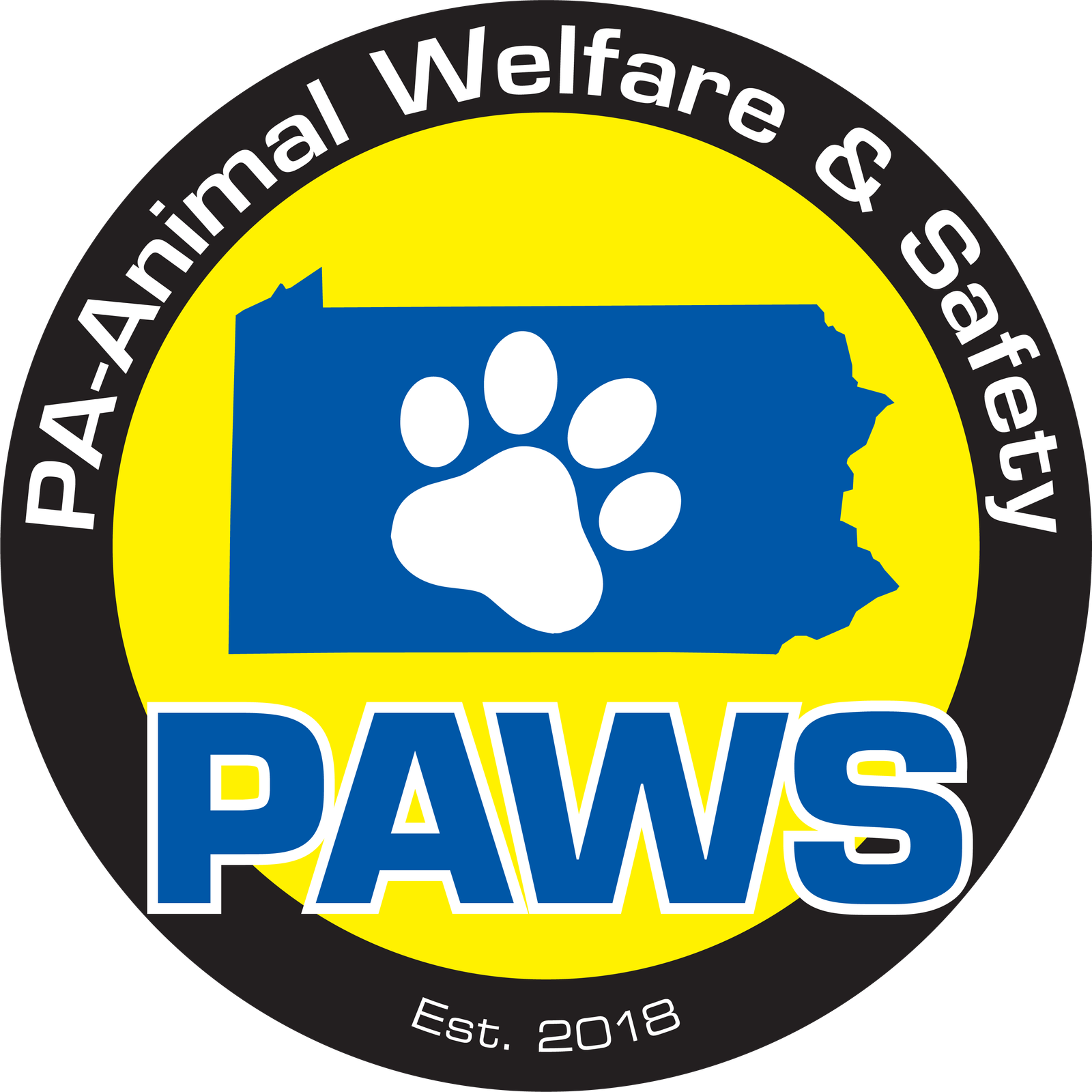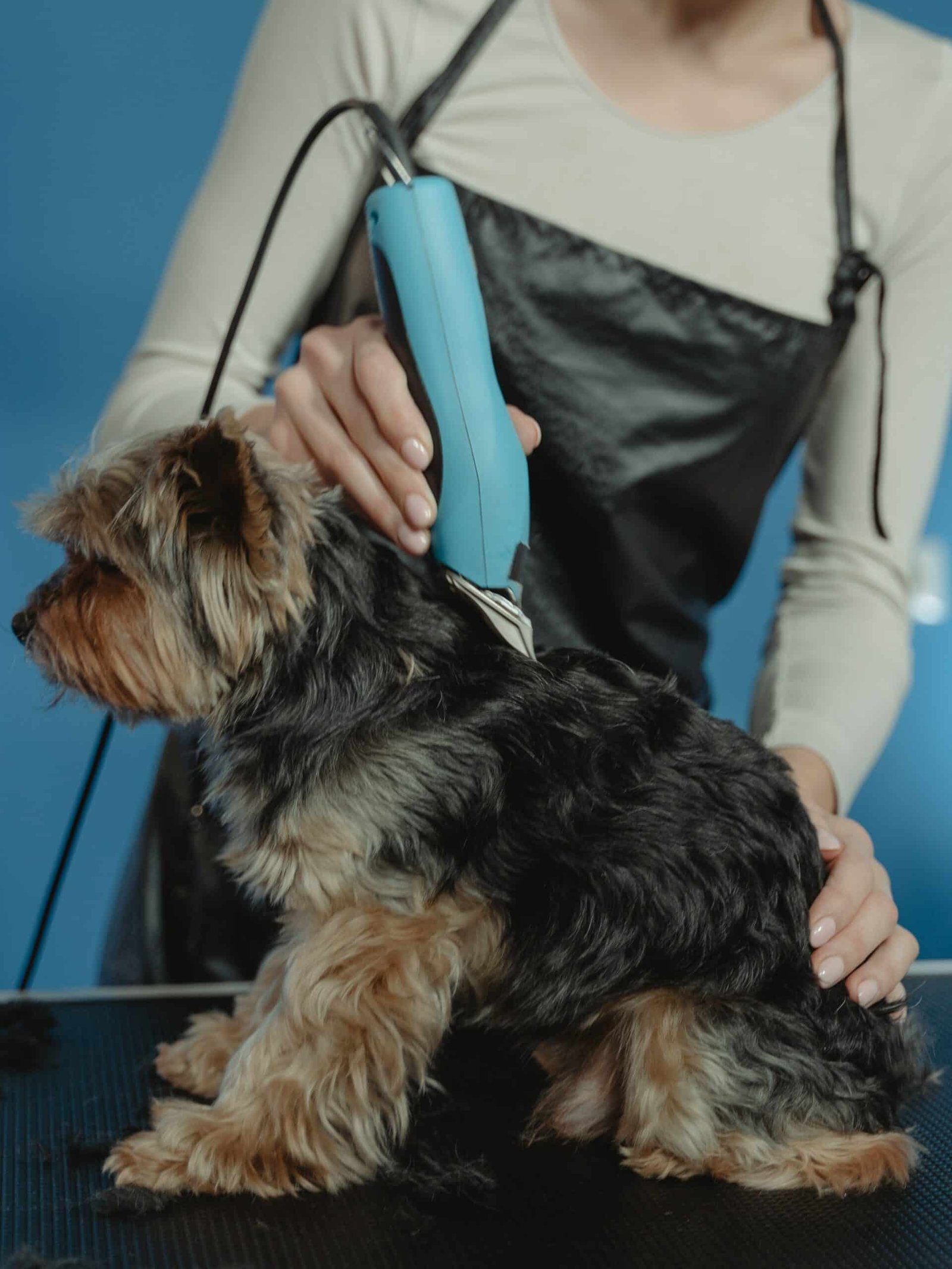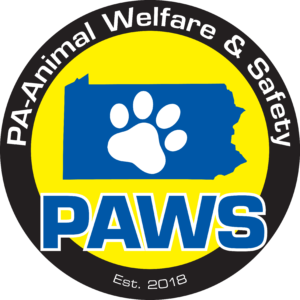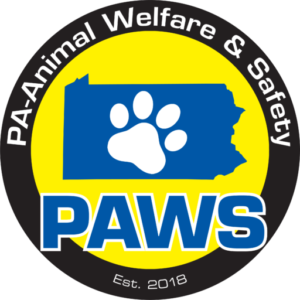In part 1 we shared some tips on caring for your dog’s hair This week we’ll talk about different coat types and the routine maintenance needed. Routine brushing can save much time and frustration at the grooming table.
Smooth or Short Coated Dogs Doberman Pinschers, German Shorthaired Pointers, Dachshunds, and many other breeds have a smooth, short coat. Brushing these dogs regularly with a soft bristle brush will keep the skin healthy by distributing skin oils throughout the coat.
Wire Haired Dogs Fox Terriers and Airedales have a course, wire-like coat. This coat is often rough and bristly. It is important to comb/brush these dogs on a regular basis, or their undercoat will become very matted.
Long Coated Dogs Breeds like Shih Tzu, Havanese, Yorkie, and Maltese must be regularly and thoroughly
brushed. Make sure to start at the skin and follow through the full length of the hair.
Curly Coated Dogs Breeds like Poodles and Bichons are attractive but harder to care for. Dirt and debris
tends to get caught in the coat rather than falling out, as it might do in other coat types. Use a slicker brush to comb through the entire length of the hair, making sure there are no tangles, mats, or dirt in the coat. Finish by going through the coat with a comb or pin brush to remove any loose hair or small tangles. Work some hair conditioner into the stubborn mats or tangles. Curly coats should be trimmed regularly to keep them at a manageable length.
Double Coated Dogs A double coated dog has two layers (or types) of coats. Australian Shepherds, for
example, have a medium length outer coat that sheds dirt and water. Underneath this outer coat is a short, fuzzy undercoat. This second coat protects the dog from the elements.
Undercoats are fairly common in large breeds. Labrador Retrievers have a short, coarse outer coat with a soft undercoat. A Shiba Inu has a short outer coat that stands out from the body and a soft undercoat. Bernese Mountain Dogs, Newfoundland’s, Shetland Sheepdogs, and Pomeranians all have a long, thick outer coat with a substantial undercoat. Double-coated dogs need regular brushing that goes through the undercoat to the skin. Without brushing, this undercoat tends to tangle and form mats. A slicker brush or de-shedding tool is helpful for these breeds.
Watch for the next issue of the Community Connection where we’ll talk about the best tools to use when giving your dogs a haircut. You can also browse through recent articles online at www.PAPAWS.net/blog.








